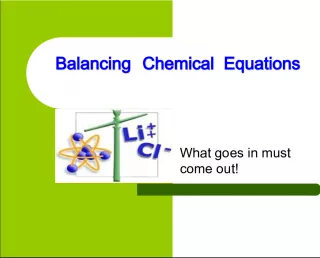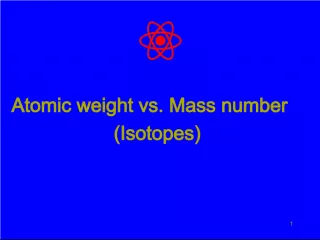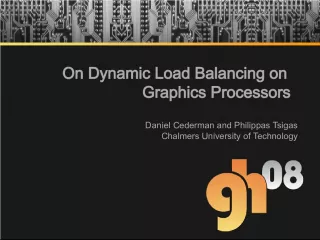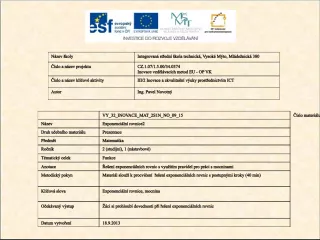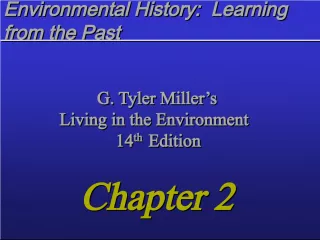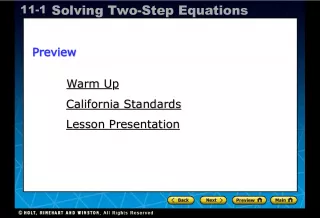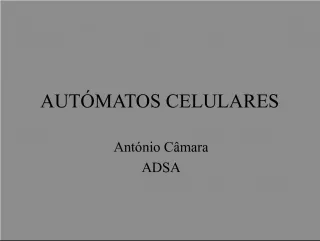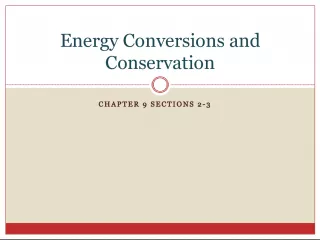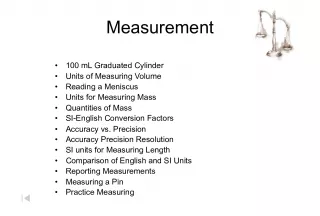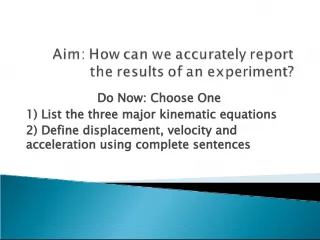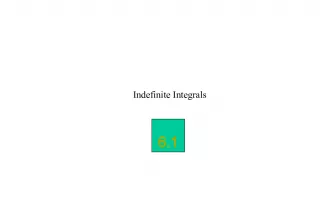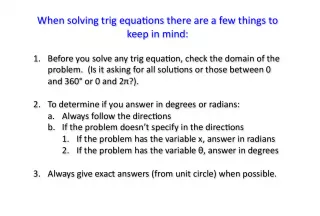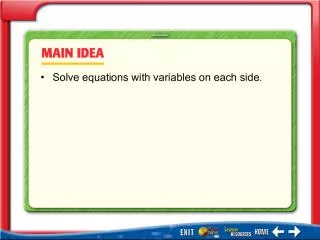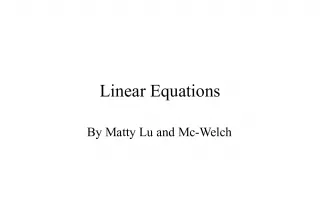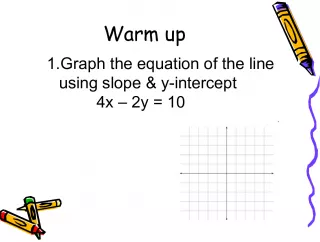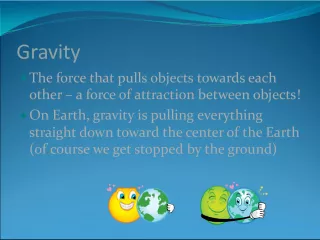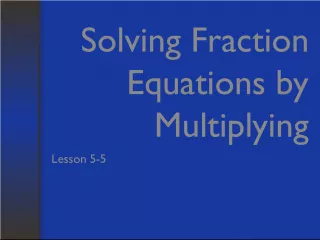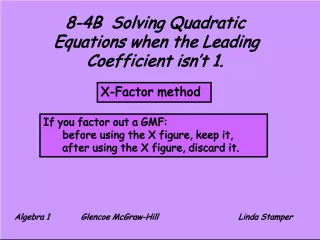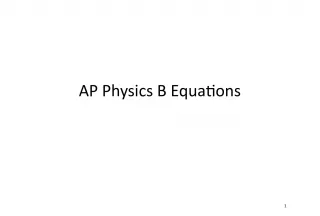Balancing Equations and Law of Conservation of Mass


Learn how to balance chemical equations by obeying the Law of Conservation of Mass. Follow the order of balancing elements to ensure that the number of atoms in reactants equals the number of atoms in products.
- Uploaded on | 4 Views
-
 guro
guro
About Balancing Equations and Law of Conservation of Mass
PowerPoint presentation about 'Balancing Equations and Law of Conservation of Mass'. This presentation describes the topic on Learn how to balance chemical equations by obeying the Law of Conservation of Mass. Follow the order of balancing elements to ensure that the number of atoms in reactants equals the number of atoms in products.. The key topics included in this slideshow are . Download this presentation absolutely free.
Presentation Transcript
1. Balancing Equations
2. Law of Conservation of Mass Law of Conservation of Mass The Law of Conservation of Mass states: that mass is neither created nor destroyed in any chemical reaction . Therefore balancing equations requires the same number of atoms on both sides of a chemical reaction. The number of atoms in the Reactants must equal the Number of atoms in the Products
3. Balance elements in the following order: 1. Nonmetals 2. Metals 3. Polyatomic ions 4. Hydrogen 5. Oxygen
4. Polyatomic Ions When balancing polyatomic ions treat them as one unit if they appear on both sides of the equation.
5. Balancing Equations Complete an atom inventory. N 2 + H 2 NH 3 N 2 + H 2 NH 3 __N__ __H__ 2 1 2 3
6. Balancing Equations Nothing is balanced. Balance the nitrogen first by placing a coefficient of 2 in front of the NH 3 . N 2 + H 2 2 NH 3 N 2 + H 2 2 NH 3
7. Balancing Equations Hydrogen is not balanced. Place a 3 in front of H 2. N 2 + 3 H 2 2 NH 3 N 2 + 3 H 2 2 NH 3 Complete a final atom inventory. __N__ __H__ 2 2 6 6
8. Balancing Equations Complete an atom inventory. C 3 H 8 + O 2 CO 2 + H 2 O C 3 H 8 + O 2 CO 2 + H 2 O __C__ __H__ __O__ 3 1 8 2 2 3
9. Balancing Equations Nothing is balanced. Balance the carbon first by placing a coefficient of 3 in front of the CO 2 . C 3 H 8 + O 2 3 CO 2 + H 2 O C 3 H 8 + O 2 3 CO 2 + H 2 O
10. Balancing Equations Now balance the hydrogen by placing a 4 in front of the water on the products side. C 3 H 8 + O 2 3 CO 2 + 4 H 2 O C 3 H 8 + O 2 3 CO 2 + 4 H 2 O
11. Balancing Equations Balance the oxygen on the reactants side with a coefficient of 5. C 3 H 8 + 5 O 2 3 CO 2 + 4 H 2 O C 3 H 8 + 5 O 2 3 CO 2 + 4 H 2 O Complete a final atom inventory. __C__ __H__ __O__ 3 3 8 8 10 10
12. Balancing Equations Complete an atom inventory. BF 3 + Li 2 SO 3 B 2 (SO 3 ) 3 + LiF __B__ __F__ __Li__ __SO 3 __ 1 2 3 1 2 1 1 3
13. Balancing Equations Nothing is balanced. Balance the fluorine first by placing a coefficient of 3 in front of the LiF. BF 3 + Li 2 SO 3 B 2 (SO 3 ) 3 + 3 LiF
14. Balancing Equations Now balance the boron by placing a 2 in front of the BF 3 on the reactants side. 2 BF 3 + Li 2 SO 3 B 2 (SO 3 ) 3 + 3 LiF Notice weve unbalanced the fluorine, and now must adjust our coefficients.
15. Balancing Equations Now balance the boron by placing a 2 in front of the BF 3 on the reactants side. 2 BF 3 + Li 2 SO 3 B 2 (SO 3 ) 3 + 6 LiF Notice weve unbalanced the fluorine, and now must adjust our coefficients.
16. Balancing Equations Balance the lithium sulfite on the reactants side with a coefficient of 3. Complete a final atom inventory. 2 BF 3 + 3 Li 2 SO 3 B 2 (SO 3 ) 3 + 6 LiF 2 2 6 6 6 6 3 3 __B__ __F__ __Li__ __SO 3 __
17. YOU ARE BALANCED!!
